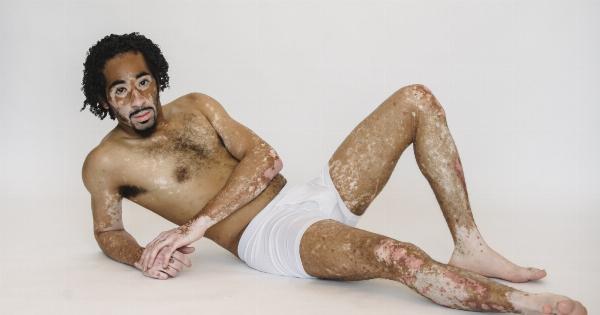Testosterone is an essential hormone and a significant part of a man’s overall health. It is responsible for many vital functions such as muscle growth, bone development, and the production of red blood cells.
This hormone also contributes to a man’s sex drive, stamina, and fertility. However, as men age, their testosterone levels decline, and this can have a significant impact on their overall health and wellbeing.
What is Low Testosterone?
Low testosterone, or low T, is a condition in which a man’s testosterone levels drop below normal levels. It is a common condition that affects millions of men worldwide.
Testosterone levels are highest during puberty and young adulthood and gradually decline after age 30. The decline in testosterone is a natural part of aging and can lead to several health problems.
What are the Symptoms of Low Testosterone?
Low testosterone can cause various symptoms, including:.
- Decreased sex drive or libido
- Erectile dysfunction
- Fatigue or low energy
- Loss of muscle mass
- Increased body fat
- Decreased bone density
- Mood changes, such as irritability and depression
- Difficulty concentrating
- Hair loss
What Causes Low Testosterone?
Several factors can contribute to low testosterone, including:.
- Age: As men age, their testosterone levels naturally decline.
- Obesity: Excess weight can cause a decrease in testosterone levels.
- Chronic illnesses: Some illnesses, such as diabetes, can cause low testosterone levels.
- Medications: Certain medications, such as opioids and steroids, can affect testosterone levels.
- Testicular injuries or cancer treatments: Damage to the testicles can affect testosterone production.
- Genetic disorders: Some genetic disorders can affect testosterone production.
How is Low Testosterone Diagnosed?
A simple blood test called a testosterone level test is used to diagnose low testosterone levels. The test measures the amount of testosterone in a man’s blood.
If a man’s testosterone levels are below normal, further medical tests may be conducted to determine the underlying cause.
How is Low Testosterone Treated?
Treatment for low testosterone depends on the underlying cause. If a medical condition or medication is causing low testosterone, treating the condition or discontinuing the medication may increase testosterone levels.
In cases where the cause is not known or the condition is due to aging, testosterone replacement therapy may be recommended. Testosterone replacement therapy involves medications that increase testosterone levels in the body.
Are There Risks to Testosterone Replacement Therapy?
As with any medication, testosterone replacement therapy has potential risks and side effects. Men who have or have had prostate or breast cancer, or those with high red blood cell counts, may not be good candidates for testosterone replacement therapy.
Risks of therapy include:.
- Increased risk of blood clots
- Increased risk of heart attack or stroke
- Enlarged prostate
- Acne or oily skin
- Fluid retention
- Sleep apnea
Before starting testosterone replacement therapy, men should talk with their healthcare provider about the benefits and risks of the treatment.
What Can Men Do to Prevent Low Testosterone?
While low testosterone is a natural part of aging, men can take steps to maintain healthy testosterone levels, including:.
- Maintaining a healthy weight
- Eating a healthy diet
- Regular exercise and strength training
- Getting enough sleep
- Reducing stress
- Avoiding excessive alcohol and drug use
The Bottom Line
Low testosterone is a common condition that affects millions of men worldwide. It can cause several symptoms that can negatively impact a man’s overall health and quality of life.
While testosterone replacement therapy can be an effective treatment for low testosterone, it is not without risks. Men can take steps to maintain healthy testosterone levels through a healthy lifestyle and regular check-ups with their healthcare providers.





























